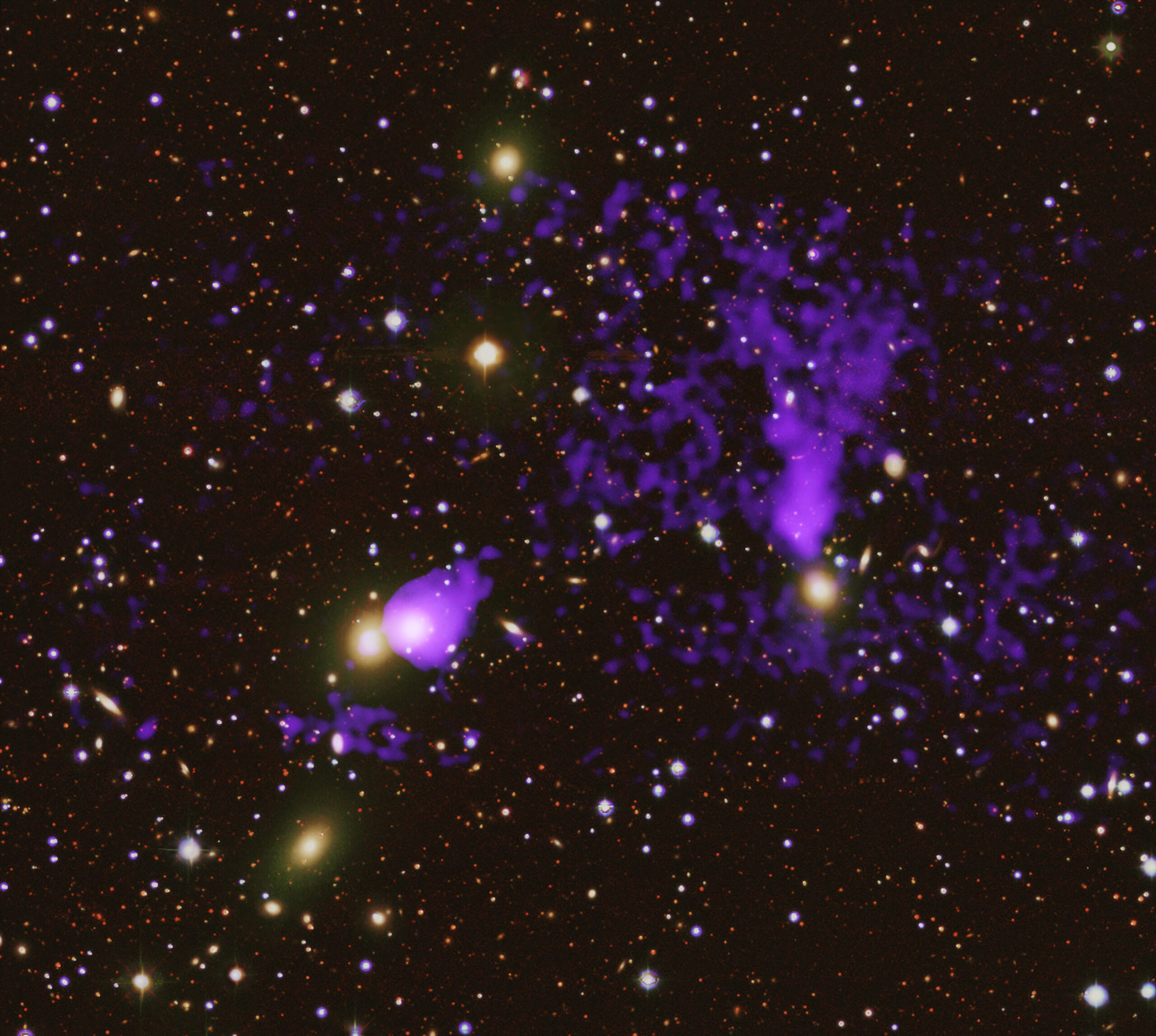Striking. Vibrant. Dazzling. The adjectives to describe our universe are infinite. And nowhere is that on display more than in the images from this year’s Astrophotography Prize Photographer of the Year awards.
Australian photographer Phil Hart took the top honors for his incredible image (below) of the 2023 solar eclipse over Exmouth, Western Australia. Hart’s photo is one of the highest-resolution (white light) images of the solar corona ever documented, and its details are staggering. He created the image using multiple telescopes, video frames, and RAW exposures.
“This year’s competition featured some of the most impressive astrophotography we’ve ever seen,” said judge Dr. Tanya Hill. “Phil Hart’s image was a masterclass in technique, creativity, and dedication, showcasing faint lunar details alongside the petal-like streams of the solar corona.”
Category Winners:
Solar System
Hart’s detailed image of the solar eclipse over Exmouth earned first place in this category, showcasing his mastery in capturing the solar corona.

Rhemann’s shot from Namibia highlighted the dynamic beauty of the comet’s tail as it journeyed through space.

Hart’s close-up of the eclipse over Exmouth was created using multiple telescopes, video frames, and RAW exposures, demonstrating his dedication to capturing the event in incredible detail.
Deep Space

Sainty’s striking image of this rarely photographed supernova remnant, with its dense Hα and OIII filaments and dust clouds, won him first place in the Deep Space category.

Sainty’s second recognized image, a wide-field mosaic capturing emission, reflection, and dark nebulae, impressed the judges with its contrast of cosmic structures.

Morefield’s image of NGC 3981 reveals a galaxy seemingly unraveling, with its spiral arms trailing behind as its structure dissipates.
Astro Landscape

Chay’s magical shot of the Milky Way over a volcanic snowfield won for its perfect harmony between earth and sky.

Casswell’s innovative use of UV light brought out the rock formations and Milky Way in an impressive blend of technique and creativity.

Hudson’s panoramic composition captured the beauty of an aurora triggered by a solar flare, merging landscape and night sky into a stunning image.
Remote Imaging

At just 16 years old, Shapiro’s remote imaging uncovered a newly discovered cosmic feature, showcasing emissions from the Wolf-Rayet star WR134 in breathtaking detail.

Carpenter’s precise image of the Cocoon Nebula’s comet-like tail, set against a backdrop of hydrogen alpha, secured him second place in this category.

Walter’s image of NGC 3521, a flocculent spiral galaxy, impressed the judges with its soft, woolly appearance.




